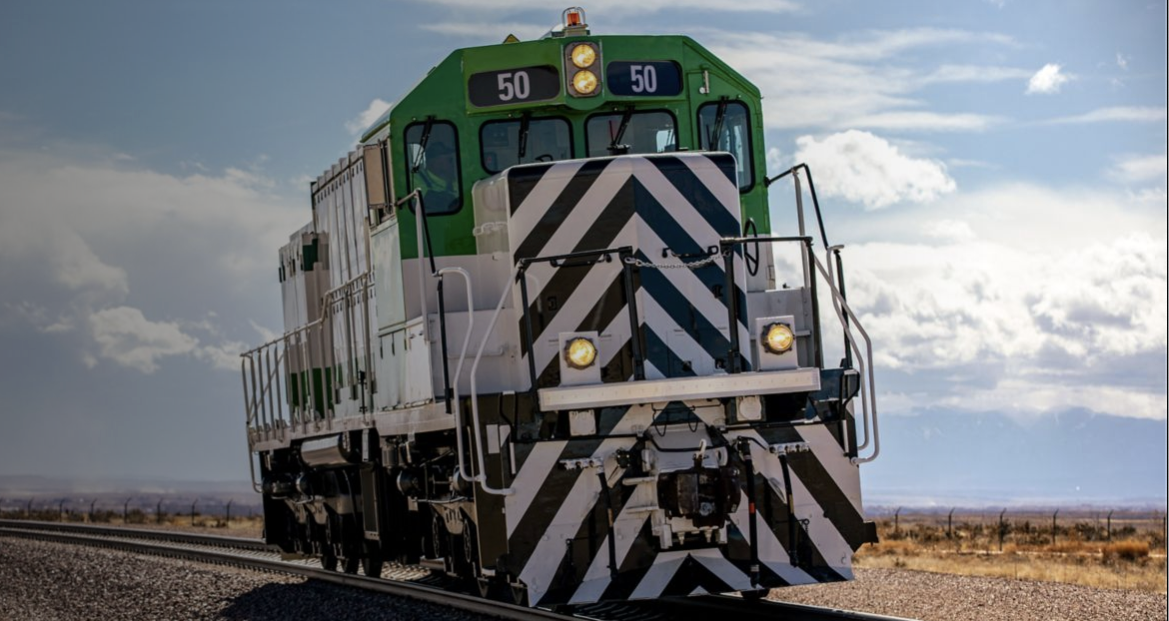- cross-posted to:
- [email protected]
- [email protected]
- cross-posted to:
- [email protected]
- [email protected]
Wouldn’t it be more energy efficient to just electrify the line rather than charging & hauling around batteries? The technology has been around since *checks notes* the late 1800s.
Not to mention trains are a particularly good candidate for hydrogen fuel cells.
Hydrogen has a major efficiency problem. Unless the electricity to create the hydrogen is practically free (i.e. grid price is zero, you’re turning off generators) it’s not worth it. You’re at like 30% round trip efficiency whereas batteries and overhead lines are well above 90%.
Using hydrogen also prevents regenerative braking, which is one of the big advantages of battery or overhead electric.
True, but eletric overhead has significant upkeep and initial investment costs, as well as pure grid reliance. Batteries have significant weight, cost, and technical requirements combined with a relatively low lifeapan. Every energy system is going to have it’s downsides. Hydrogen fits well in train use cases because they often rely on being able to fuel relatively quickly (low downtime means less expensive engines required), operate in areas with unreliable grids (urban through shipping), and it has a relatively low initial investment cost (about on par with regular diesel). Hopefully it would be generated with on-site renewables, but we’ll cross that road when we get to it. Oh, and another thing people often forget about batteries is that once you account for losses in transmission, voltage conversion, and charging it ends up being significantly less efficient. I’ve been unable to find exact statistics for this in % though.
In Europe we have nearly every frequently used railways with overhead wires, so it not so hard, and expensive :)
Very different grid, climate, and landscape.
25kV railway electrification is normally very separate from local electric grids.
Grid ‘reliability’ issues are normally load shedding or damage at the distribution level; the 10-22kV local networks. DC networks like third rail and 1500V are often supplied from local substations.
Long distance 25kV lines are almost always fed directly from big substations on the grid backbone - here in NZ, they’re all from the 220kV substations at roughly 140km spacing; I believe in the UK it’s almost all from 400kV subs. Those are extremely reliable and well monitored because no-one wants to be doing a grid black start, and loss of a grid backbone substation gives you a pretty good chance of the whole grid falling over. 25kV railway electrification is rock solid.
NZ’s grid is roughly 93% efficient; half of that is in the transmission (long-distance) and the other half in distribution. We have one of the worst grid layouts for transmission efficiency because most of the generation is in the deep south while the load is in the north, with an underwater section in between.
Batteries and charging is IIRC around 90% efficient, round trip. Call it 75% from generator terminals to motor terminals.
If you’re not generating the hydrogen right at the generator, you’ll also be incurring grid losses to get the power to the hydrogen plant.
If you are generating hydrogen at the generators, you’ll then need to transport the hydrogen even further. I’m struggling to find exact figures for losses in natural gas networks, but my understanding is that leakage is several percent. Any large-scale hydrogen system could end up being similar, plus you now need a shipping industry to move the hydrogen to the point of consumption.
[…] “world’s largest battery electric vehicle.”
No overhead wires, it looks weird.





